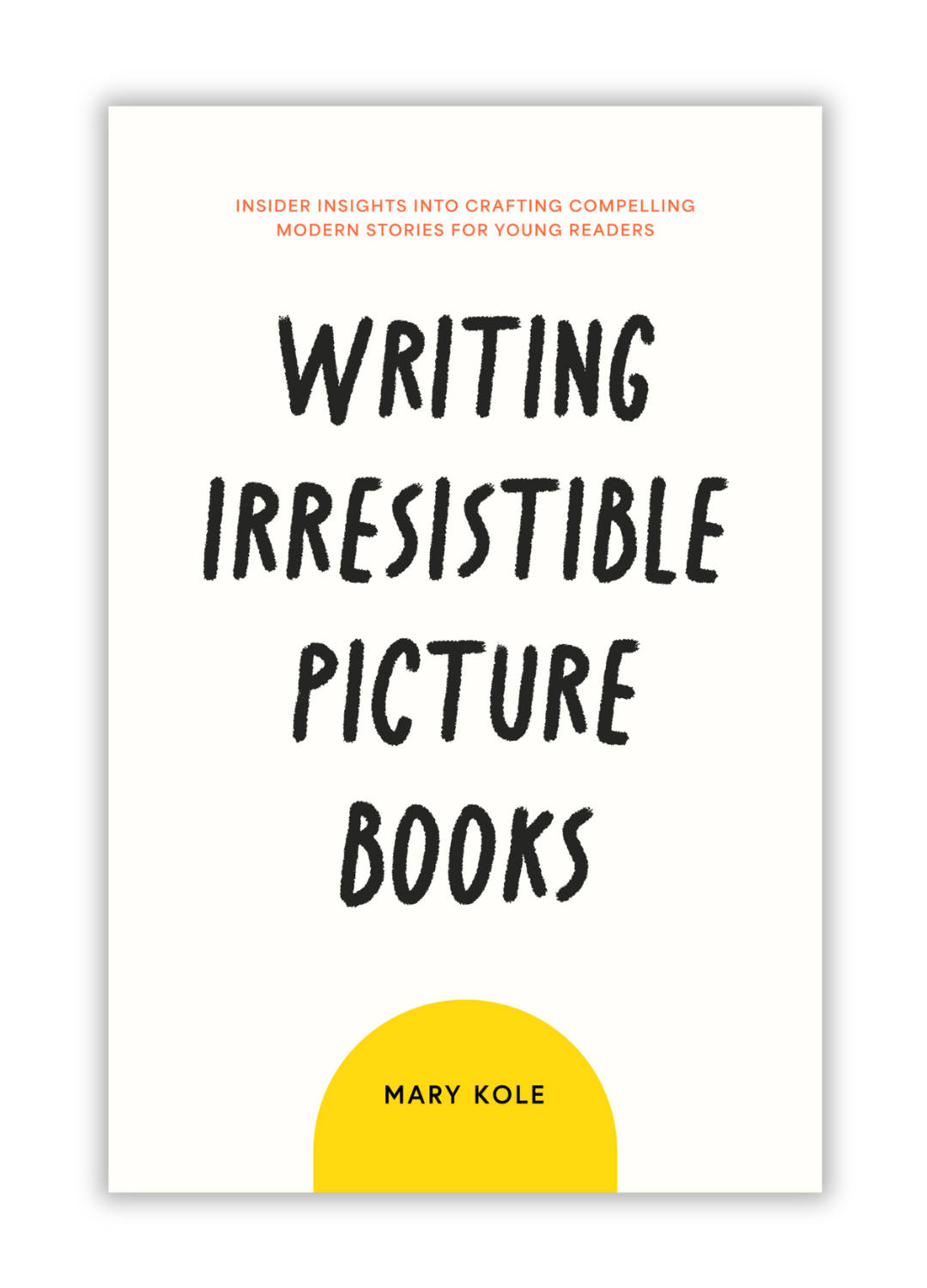Breaking Into the World of Children’s Book Illustrations
By Mary Kole
Mary Kole is a former literary agent, freelance editor, writing teacher, author of Writing Irresistible Kidlit, and IP developer for major publishers, with over a decade in the publishing industry.
Are you looking to break into the exciting and lively world of books for young readers by creating children’s book illustrations? In this article, I’ll provide you with helpful advice for building a portfolio and placing work with publishers, magazines, and other opportunities for showcasing your children’s book illustrations. I’ll also offer some tips for tools that aspiring illustrators can use to learn their craft.
How To Build a Portfolio of Children’s Book Illustrations
The first step in becoming an illustrator of any kind is building a portfolio. Your portfolio should include your best work—pieces that showcase your unique style and, especially in this competitive market, your technical skill. Try to include as much variety as possible—from digital pieces to illustrations that use traditional mediums like watercolor and pencil sketches.
If you’re looking specifically to do children’s book illustrations, pick your subject matter wisely to reflect this market. Or think about creating multiple online portfolios, organized by general style, tone, and “topic.” (Your edgy digital newsletter editorial work doesn’t need to be mixed up with your sweet bedtime story character sketches, for example.)
It’s also important to keep your portfolio up-to-date with your latest work, especially some updated children’s book illustrations, so anyone reviewing your gallery can see the latest and greatest expression of your talents.
Keep in mind that many artists are attracted to the thought of creating children’s book illustrations—from full picture book projects to spot illustrations for chapter books and middle grade novels. A lot of artists are BA or MFA trained. If you’re self-taught, you need to be able to evaluate your own work and see how it measures up to what’s on shelves. The art of children’s book illustration has come a very long way since Goodnight Moon.
Publishing Children’s Book Illustrations Professionally
Once you have a solid portfolio in place, it’s time to start looking for job opportunities. (Unless, of course, you do some market research into children’s book illustrations on shelves and realize that you need to refine your craft.) Start by researching children’s book publishers, magazines, or websites that are looking for potential illustrators. There are several ways to approach this task.
First, you can write and illustrate your own full story as an author-illustrator. This is perhaps the most craft intensive option, but it’s really how a lot of illustrators truly break out their names and brands. You will need to write the story as well as illustrate it with age- and style-appropriate children’s book illustrations. Keep in mind, also, that you will want to give your text and pictures a sense of connection and interplay.
If you have a complete project, you can approach literary agents and publishers directly (most will not accept submissions of large image-heavy files, so your online portfolio will come in handy here).
There’s also the option of trying to create children’s book illustrations for other projects, where you are not also the writer. This is a path many aspiring illustrators take when they’re getting started. For this approach, you will want to target artist representatives (like literary agents for illustrators) and art directors at publishing houses. A decade ago, aspiring illustrators used to send printed postcards with their most robust work. This could be a retro approach, as art directors are known for holding on to postcards they like. Or you can send a link to your gallery. (Magazines, websites, and newsletters are also always looking for “editorial illustrations,” but that’s beyond the scope of this article.)
Tools For Refining Your Children’s Book Illustrations
If you find that you’re getting nowhere with your submission efforts, it might be a good idea to step back and refine your children’s book illustrations and overall craft. It's never too late (or too early) to sharpen up on your skills or pick up new tools or mediums.
Resources such as Skillshare, Udemy, YouTube tutorials, and social media groups are all great places where aspiring illustrators can find helpful tips and advice from experienced professionals in the field. You can also participate in drawing challenges and keep practicing on your own. There’s never been a better time to be an aspiring illustrator, as the tools and knowledge resources available are mind-blowing.
Additionally, attending some writing conferences (pay special attention to the SCBWI to learn about children’s book illustrations) or workshops is another great way to network with other professionals in the industry and learn about new techniques and trends.
Breaking into the art and publishing worlds with your children's book illustrations may seem daunting at first—but it doesn't have to be. With some hard work and dedication (and the right resources), you can level up your skills and become competitive in today’s vibrant and dynamic market for children’s book illustrations.
Start by creating a strong portfolio that showcases your unique style, then reach out directly to literary agents, art reps, and publishers, and finally, keep learning. The world of children’s book illustrations is changing rapidly—and you can come along for the ride with some skill, vision, and perseverance.
This post contains affiliate links.

Click here to purchase Writing Irresistible Picture Books, my book on children’s picture books. This comprehensive guide is crammed with craft advice and groundbreaking original research, including a survey of 1,000 upcoming picture book deals, a breakdown of 80 modern and marketable picture book topics, and in-depth analysis of over 150 published picture books.



